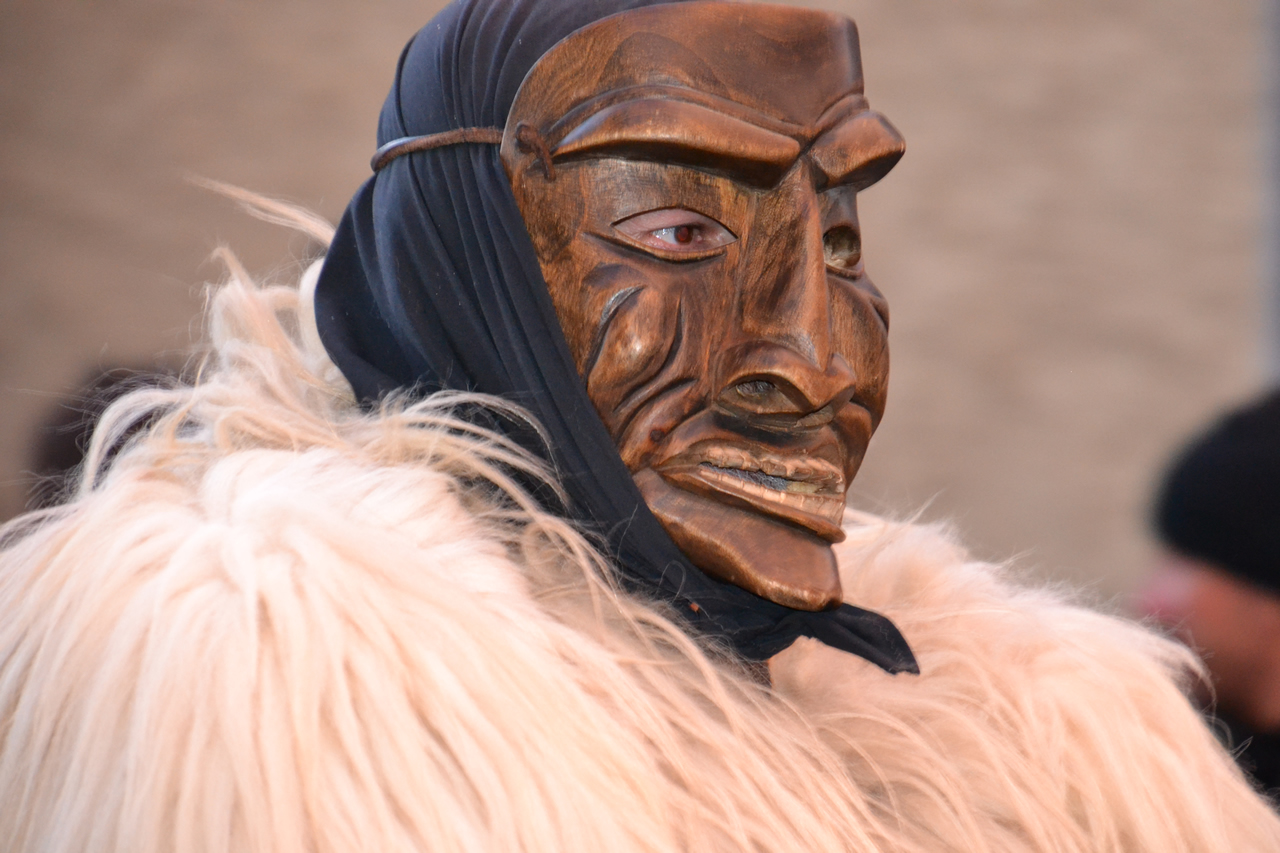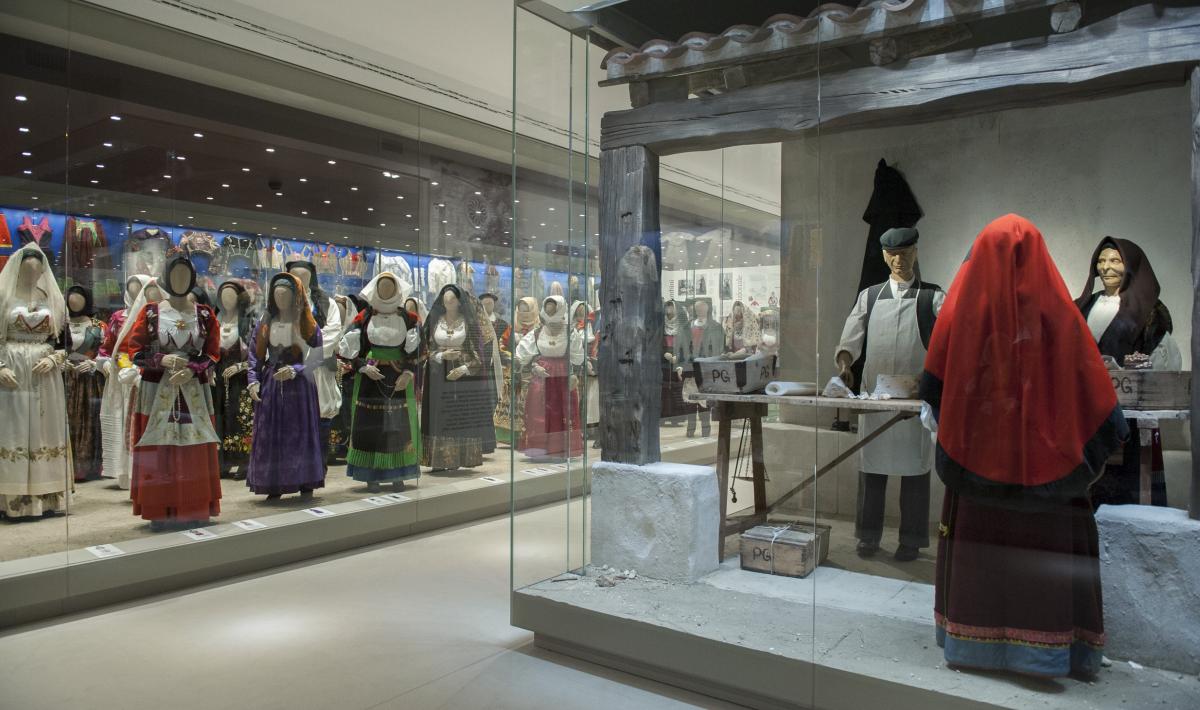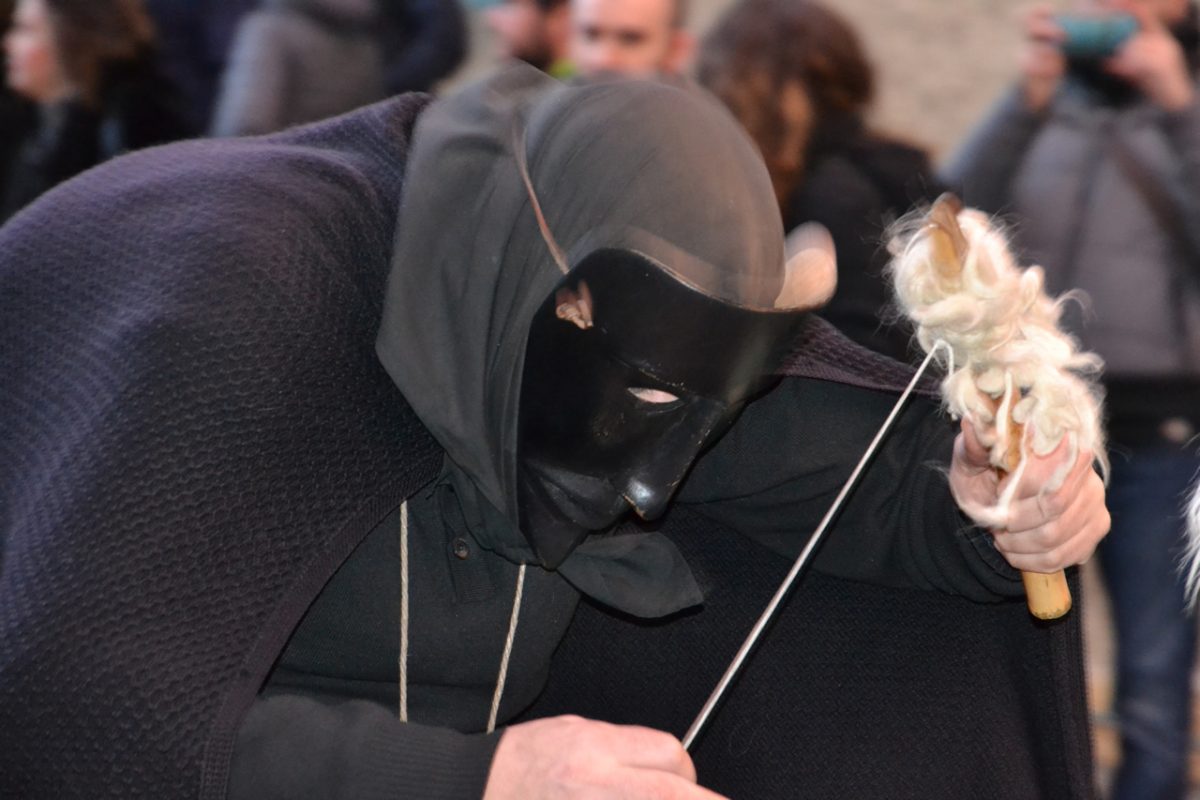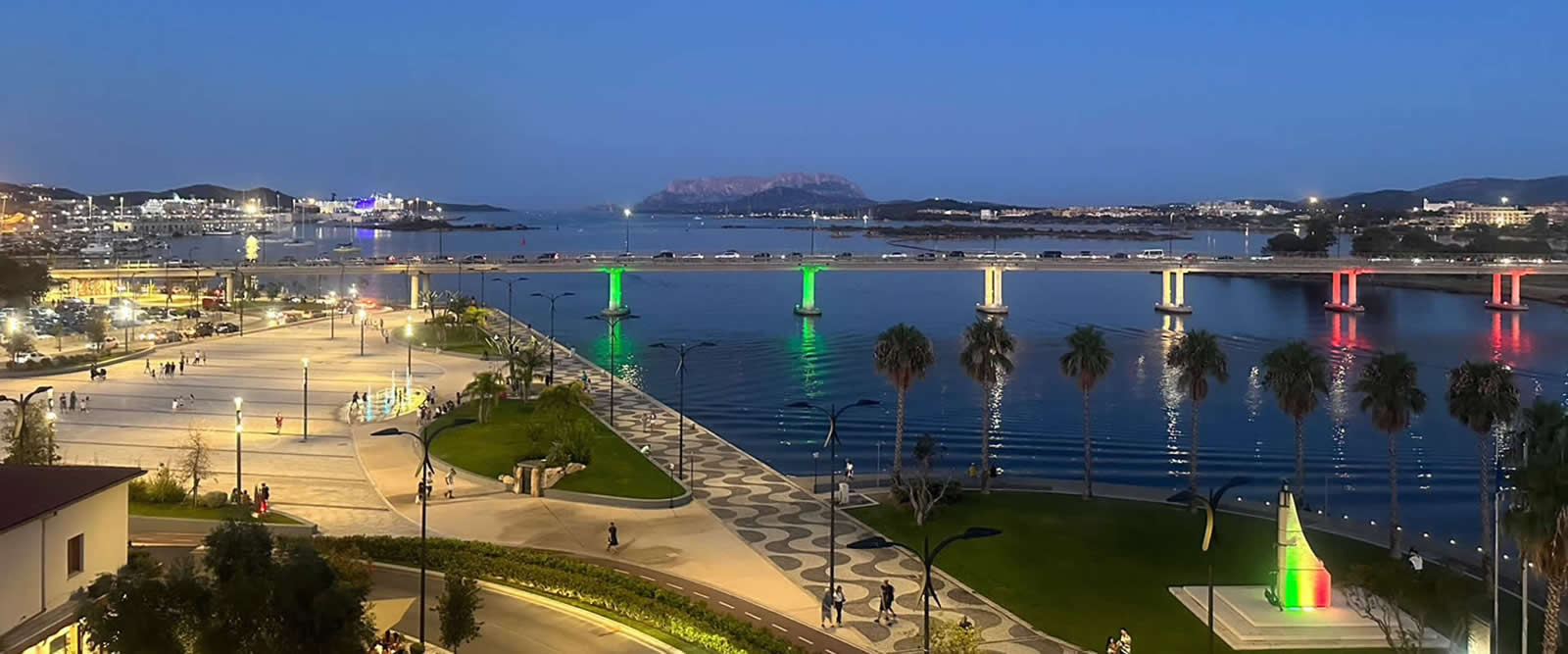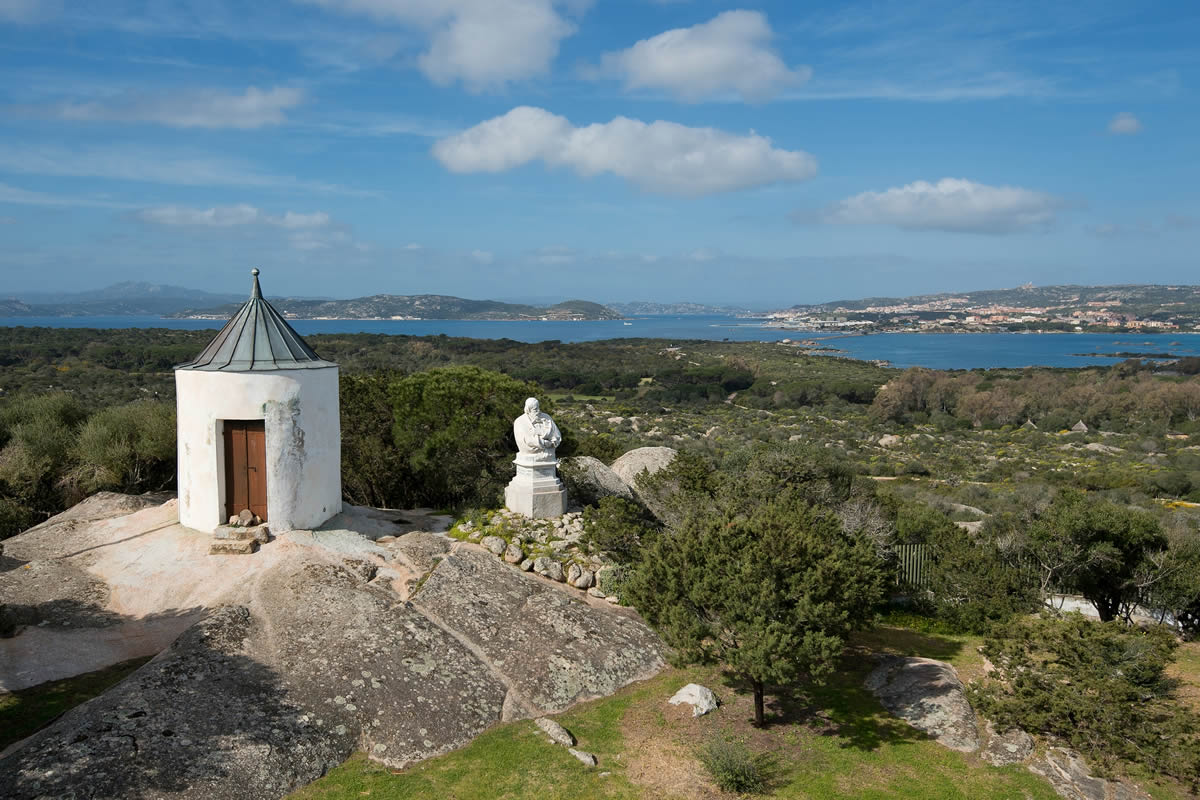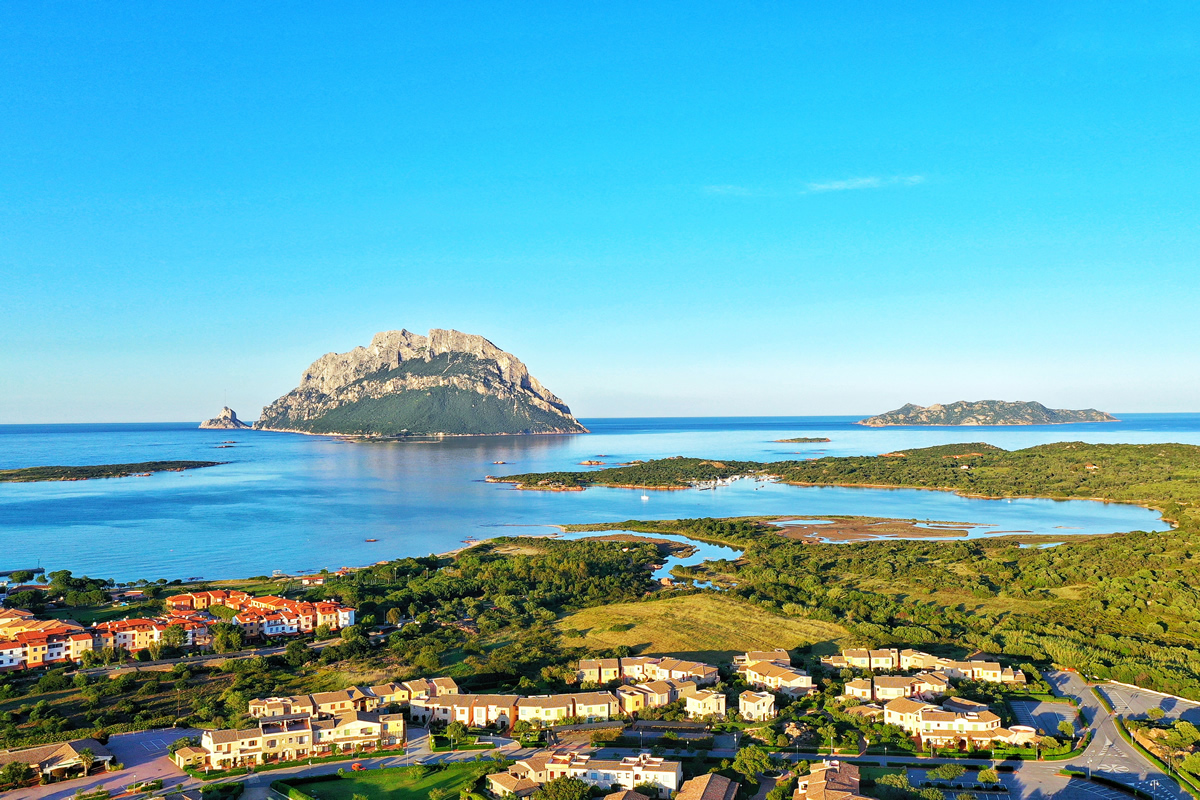The Nuoro ethnographic museum is an essential stop in a voyage of discovery of Sardinia and its people.
A bonfire in a square in the evening, the lighting and the flames. The whole town, men, women, young, old and children, begin to circle the fire in a folk dance to the lilting sound of an accordion. In Sardinia, especially in Barbagia, its heartland, this is a sign that Su Carrasecare (Carnival) has begun. It is the night between 16 and 17 January, and these fires are celebrating the gift of fire received from Sant’Antonio Abate (St. Anthony the Abbot), who craftily stole it from the demons down in the underworld to give to man.
A celebration that combines sacred and profane, God and Dionysus, passion and identity, and traditional masks that re-enact episodes of rural life.
Traditional Sardinian masks at Nuoro ethnographic museum
Carnival celebrations in Sardinia are among the most varied. Alongside the ancestral atmosphere, at times somewhat gloomy and tragic, that permeates the more traditional Carnival of Barbagia and central Sardinia, are famous equestrian jousts or parades of allegorical carts. For those who cannot visit the Island at that time of year, however, an immersion in the world of ancestral Sardinian rituals and the history and traditions of this island in the middle of the Mediterranean is still possible. A few hours spent touring of the wonderful Nuoro ethnographic museum (originally the Museum of Sardinian Life and Popular Traditions) in Nuoro are a fascinating experience.
The whole of Sardinia in a museum
An essential stop for anyone who visits Sardinia and wants to know everything about the history and traditions of the Island’s people. Ten thematic rooms of Nuoro ethnographic museum, equipped also with videos, narrate the story of traditional life. One of these rooms is devoted to Carnival, and since 1983 has amassed an extraordinary collection of clothes, masks and rituals of this festival, which is still very much alive throughout the island. The masks and costumes are displayed in reconstructions that evoke their original context, including numerous musical instruments as a reminder of the musical nature of Carnival in Sardinia. Traditional dances are also given room, with the reconstruction of a scene from a typical celebration on days such as Shrove Tuesday or Fat Thursday, with masked participants singing and dancing.

